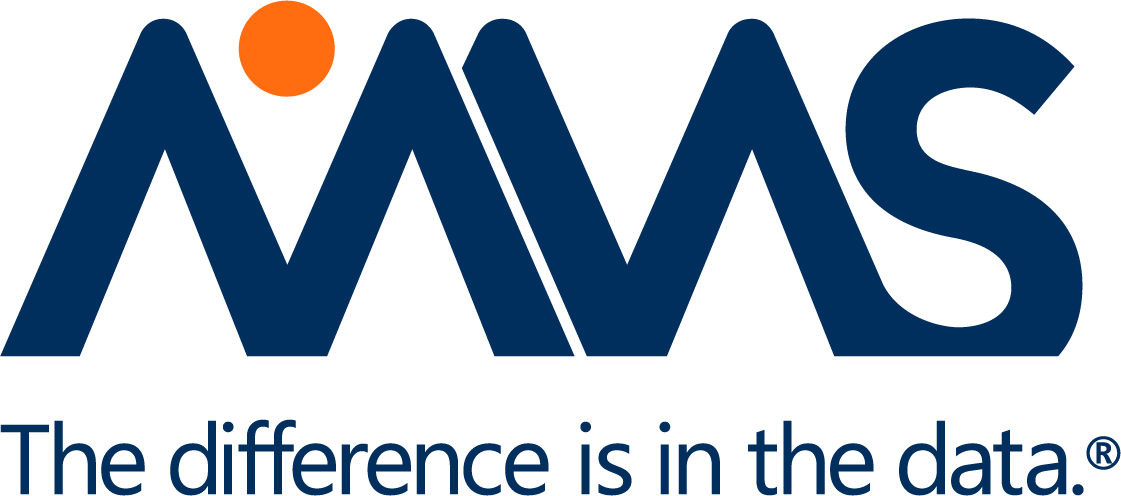A. Expanded Access for Treatment Use
- Q1. What is expanded access?
- Q2. Are there safeguards in place for expanded access use of an unapproved drug?
B. Expanded Access Submission
- Q3. What types of regulatory submissions can be used to obtain expanded access to a drug under the three expanded access categories?
- Q4. When should an expanded access protocol submission be used?
- Q5. When should a new expanded access IND submission be used?
- Q6. How does FDA categorize and subcategorize expanded access submissions?
- Q7. What information should be included in an expanded access submission?
- Q8. What forms are used for expanded access submissions?
- Q9. Is IRB review and approval required for all expanded access categories?
- Q10. Is a physician participating in an expanded access protocol sponsored by another entity (e.g., manufacturer of the drug) required to obtain local IRB review and approval?
- Q11. Can the same drug be used in an emergency situation at the same institution more than once? If so, is prospective IRB review required for the subsequent expanded access emergency use?
- Q12. Are expanded access submissions subject to the informed consent requirements?
- Q13. What information should be included in the informed consent document for obtaining a patient’s consent for treatment under individual patient expanded access?
- Q14. Under the informed consent regulations, informed consent documents must include “[a] statement that the study involves research.” Is that appropriate for informed consent documents used for expanded access?
C. Individual (or Single) Patient Expanded Access
- Q15. Who can make a submission for individual patient expanded access?
- Q16. What are the roles of the patient’s physician and FDA in determining if expanded access for an individual patient is appropriate?
- Q17. What are some of the reasons for FDA to deny a request for individual patient expanded access when previous requests for the same drug for the same or a similar use have been permitted?
- Q18. How does FDA address individual patient expanded access applications for 637 treatment with multiple courses of therapy or treatment of a chronic condition?
- Q19. When should individual patient expanded access using the emergency procedures in § 312.310(d) be requested?
- Q20. Can a pharmaceutical company or the drug manufacturer that is developing the drug for marketing request individual emergency expanded access to its investigational drug to treat multiple patients?
D. Intermediate-Size Patient Population and Treatment INDs and Protocols
- Q21. Can there be more than one intermediate-size patient population expanded access IND or protocol for a particular drug for the same disease or condition?
- Q22. When is it appropriate to request expanded access for multiple patients using an intermediate-size patient population expanded access IND or protocol rather than a treatment IND or protocol?
- Q23. The regulations in § 312.315(d)(1)(iii) state that as enrollment in an intermediate-size patient population expanded access IND or protocol increases, FDA may ask the sponsor to submit an IND or protocol for the use under § 312.320 (i.e., to transition the intermediate-size patient population expanded access IND or protocol to a treatment expanded access IND or protocol). When and how would FDA make such a determination and how would such a transition be carried out?
E. Time Frame for Beginning Treatment Use Under an Expanded Access IND 785 or Protocol
- Q24. When can treatment begin under emergency use expanded access INDs or protocols?
- Q25. When can treatment begin under expanded access INDs not for emergency use?
- Q26. When can treatment begin under expanded access protocols not for emergency use?
F. General Questions
- Q27. Can FDA require a sponsor to provide expanded access to its drug if FDA authorizes the expanded access?
- Q28. How does FDA determine that authorizing expanded access to a drug will not interfere with clinical trials or drug development?
- Q29. What data and information must sponsors submit as follow-up for active expanded access INDs or protocols?
- Q30. Why does FDA review adverse event data for expanded access INDs?
- Q31. Can FDA consider an IND or protocol submission to be an expanded access submission and identify and review it as such, even though the applicant does not identify it as an expanded access submission?
- Q32. What is the difference between an expanded access protocol and a continuation or open-label safety protocol
- Q33. If a sponsor continues to provide its investigational drug for treatment use under its IND to a patient who was enrolled in a clinical trial but who does not continue to meet inclusion criteria, is that considered expanded access (i.e., is the sponsor expected to make an expanded access submission to continue to provide the drug to that patient)?
- Q34. If a sponsor provides its investigational drug for treatment use under its IND to a patient who does not meet inclusion criteria for their trial and is not enrolled in the trial, is that considered expanded access?
- Q35. How can manufacturers and distributors comply with the requirement to make their expanded access policies readily available to the public?
- Q36. When is the manufacturer or distributor required to make its expanded access policy publicly available?
- Q37. Where can patients and health care providers get information about the availability of drugs under expanded access?
- Q38. May treatment with two or more investigational drugs be requested and authorized under a single expanded access IND or protocol, or may an individual patient participate in more than one expanded access IND or protocol (e.g., be enrolled in two different treatment INDs)?
Read the full guidance here.
If you have questions about this guidance or any other FDA guidance, please email info@mmsholdings.com to speak to an expert.
Learn more about MMS regulatory affairs on our website.




